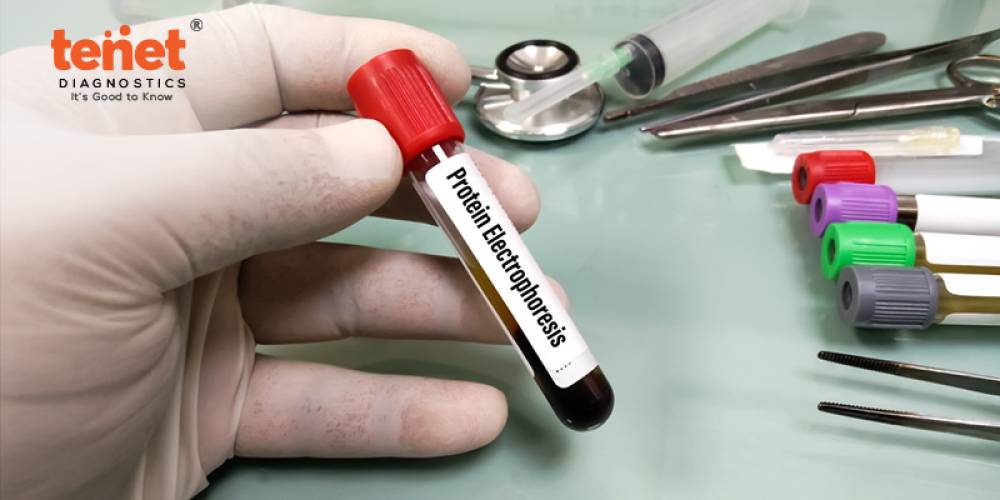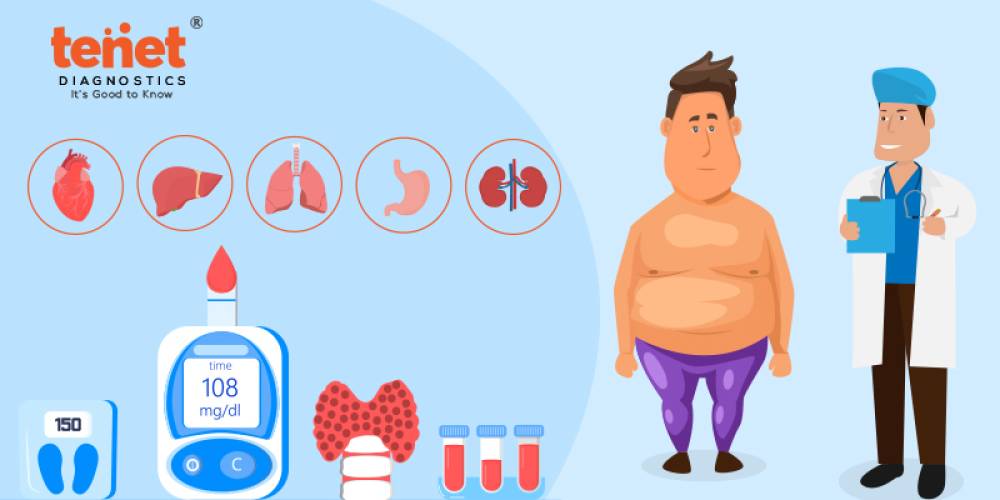A coagulation profile test might comprise various blood tests that provide medical professionals with information regarding the blood's capacity to clot. Tests like PT, aPTT, INR, fibrinogen, and platelets are frequently performed. Coagulation profile blood tests your body's capacity to coagulate blood. While bleeding, this is a vital function that can become unbalanced owing to sickness. Excessive bleeding can result in hemorrhage, while excessive clotting can cause a heart attack or stroke.
What is a Coagulation Profile Test?
Blood proteins are coagulation factors. They aid in the formation of blood clots to halt bleeding after injuries. Another name for these proteins is clotting factors. Your body has multiple clotting factors, each essential for blood clot formation by comparing the value to the coagulation profile test normal range. Blood tests known as coagulation factor testing examine one or more of your clotting factors to determine whether you: possess an abnormally high or low level of clotting factor Do not contain a clotting factor? possess an improperly functioning clotting factor Your clotting factors are mostly produced by your liver. However, clotting factors are routinely inhibited, preventing the formation of aberrant blood clots. Blood components known as platelets start to form a soft blood clot to halt bleeding when you suffer an injury that causes bleeding. Your blood contains chemicals released by the platelets that activate the clotting factors. A more robust blood clot that will adhere to its location is formed when the clotting elements combine in a cascade. If you have issues with any one of your clotting factors, it could indicate: Your blood clots too readily, even in the absence of damage. This illness may result in blood clots that obstruct blood flow and lead to life-threatening illnesses like heart attacks, strokes, or lung clots. After a wound or surgery, your blood doesn't clot sufficiently. You have a bleeding issue if this occurs. Following an accident, bleeding disorders may result in significant blood loss. There are names for clotting factors, including prothrombin and fibrinogen. Roman numeral names for each clotting factor exist as well; for example, "clotting factor II." In Hyderabad, a coagulation profile test costs about 300/- to 2800/-.
Who Needs to Undergo Coagulation Profile Tests
A heat coagulation test can be done in situations when bleeding is likely, such as from the gastrointestinal, urinary, or respiratory tracts, or before surgery that could result in blood. Your doctor might also ask for a coagulation profile if they are concerned about bleeding or easy bruising. This could be brought on by acquired illnesses like liver failure or serious infections, or it could be the result of genetic disorders like hemophilia. Critically sick patients may develop a disorder known as Disseminated Intravascular Coagulation (DIC) for several reasons. Every element of the coagulation profile is impacted by DIC. Certain snakebite venomations can also result in coagulopathy, which is an irregularity in the body's usual clotting mechanism. Easy bleeding can be caused medically by warfarin medication, which is shown in the coagulation profile's INR component.
Types of Coagulation Profile Tests
Coagulation testing comes in a variety of forms. Several of them have explanations in the sections that follow.
1. Total Blood Count (CBC)
A typical physical examination may include a full blood count (CBC) ordered by your doctor. Your doctor can be informed by the test findings whether you have low platelet counts or anemia, which might affect your ability to clot.
2. Factor V assay
Factor V is a clotting-related substance that is measured in this test. An unusually low level could be a sign of disseminated intravascular coagulation (DIC), primary fibrinolysis, or liver illness.
3. Level of Fibrinogen
Your liver produces a protein called fibrinogen. This test determines the level of fibrinogen in your blood. A placental abruption, in which the placenta separates from the uterine wall, fibrinolysis, or severe bleeding or hemorrhage could all be indicated by abnormal results.
Benefits of Coagulation Profile Tests
A series of laboratory tests called coagulation profile tests, or clotting tests, are used to evaluate a blood sample's capacity to clot. These tests offer important insights into how different elements of the blood clotting process work. A few advantages of coagulation profile tests are as follows:
1. Diagnosis of Bleeding Disorders
Coagulation profile tests are useful in the diagnosis of diseases like von Willebrand disease and hemophilia, which are caused by abnormal blood clotting. By identifying clotting factor deficits or abnormalities, these tests enable the proper management and treatment.
2. Anticoagulant Therapy Monitoring
Individuals using anticoagulant drugs, such as heparin or warfarin, need to have their blood's clotting ability checked on a frequent basis to make sure it stays within a safe range. Healthcare professionals can modify medicine dosages to minimize bleeding or clotting issues with the aid of coagulation profile tests, such as the activated partial thromboplastin time (aPTT) and the International Normalized Ratio (INR).
3. Evaluation of Liver Function
Coagulation profile tests can reveal diseases or dysfunction of the liver since the liver produces multiple clotting factors. Test results that are abnormal could point to diseases like cirrhosis or hepatitis.
4. Preoperative Assessment
To determine a patient's risk of severe bleeding before and after surgery, coagulation profile tests are frequently done before surgery. The use of blood products, clotting factor replacements, and surgical planning can be affected by these tests.
5. Screening for Thrombotic Disorders
Coagulation profile tests are mostly utilized to evaluate bleeding problems, but they can also identify irregularities linked to an elevated propensity to clot, such as pulmonary embolism (PE) or deep vein thrombosis (DVT).
Final Words
To sum up, coagulation profile tests are essential diagnostic, therapeutic, and observational instruments for a variety of hematological and vascular conditions. The diagnosis of bleeding disorders, monitoring of anticoagulant therapy, evaluation of liver function, assessment of disseminated intravascular coagulation (DIC), screening for thrombotic disorders, and management of pregnancy-related complications are just a few of the many uses for these tests. While there are many other kinds of coagulation profile tests, prothrombin time (PT), activated partial thromboplastin time (aPTT), international normalized ratio (INR), platelet count, fibrinogen levels, and specific factor assays are among the most frequently used tests.







